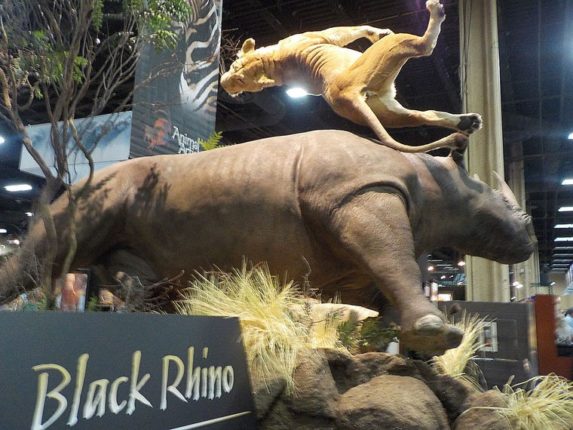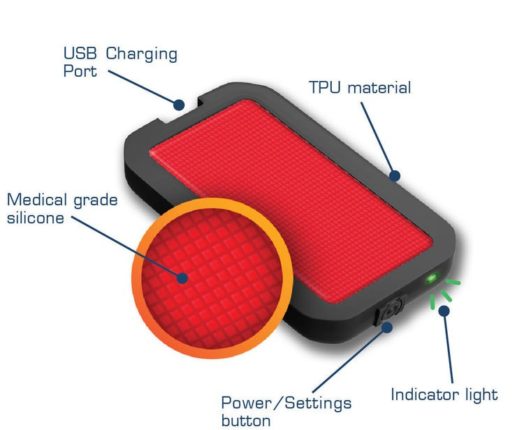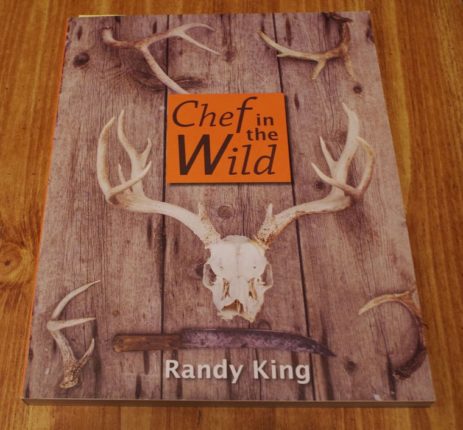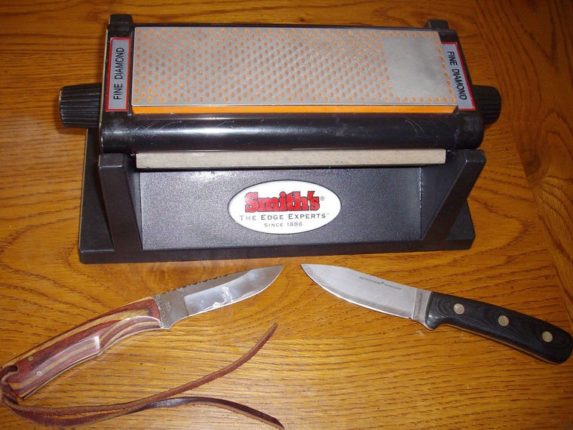Last week, the Safari Club International Convention was held in Las Vegas.
I’ve had a rather hectic schedule the last couple of weeks. On Monday, I was in Mountain Home. Tuesday through Thursday, I had to fly to Atlanta. I flew home Thursday night and then jumped on a plane to fly to Vegas on Friday morning.
Then on Sunday, I flew to Dallas to take care of a problem, then jumped in a rental car and drove to Amarillo and had some stuff to do. I just got told Tuesday that I have to return to Idaho on Thursday, which is fine with me. Plus, now I get to help out with the Calvary Chapel Wildgame Feed on Friday night.
But despite the hectic schedule, I had two seminars at the SCI Convention on Saturday. My flight Friday morning got canceled and rescheduled for that afternoon, but it was late. Nothing is beyond United Airlines for messing with my travel schedule. They’re the best of the worst.
But back to the convention. I was scheduled to arrive earlier Friday but didn’t end up arriving at the motel until nearly 10 p.m. I was now under the gun. I like to visit as many booths as I can, talk to guides and work deals with the companies, plus do my seminars. My afternoon was pretty much tied up with seminars so I had to hit it hard that morning.
Wow, there were some unbelievable mounts. These guys are artists in their own right. I just stood and stared at some of them. They were awesome. I’ve noticed lately that some of them do a mount of the head and have the hide tanned in folds. It’s like a flat picture. I just don’t have an artistic enough of an eye to think of stuff like that.
That leads into another twist. My buddy Ron Spomer is an unbelievable photographer. You need to know how to take good pictures, but I’ve noticed that Ron has an eye for what is going to be an awesome layout.
So, I guess I’ll never hit his level. First off, I can’t adjust my camera to take as detailed pictures as he does, and secondly I’m not artistic enough to know what makes for a great pose. So I’ve decided to take awesome pics, you have to be artistic and I don’t have an artistic bone in my body. You can check out some of his work on RonSpomerOutdoors.com or follow him on Instagram to check out some of his pics.
As alluded to above, I think that you could spend a good half-day just walking around looking at the mounts. There were two that really stood out to me. One was a rhino flipping a lion in the air. It was breathtaking. Then another display had a pride of lions lounging around with a lioness nursing a passel of kittens. I didn’t see it, but on Ron’s Instagram I saw a cool scene of a herd of wildebeest crossing a river.
Then, of course, there are a ton of booths filled with guides from all over the country. Dove hunts in Argentina on up to lion hunts in Africa and everything in-between. If you want to go on a cool guided hunt, this is the show to attend to find a good guide.
Then on top of that, you have a lot of the popular manufacturers. Leupold, Knives of Alaska/Diamond Blades, Hornady and below are a couple other knife companies that I didn’t know about.
I met Arno Bernard Knives, an outfit out of Africa that makes some really sweet knives. You’ll have to go on their website to check out how cool their handles are: www.knivesshipfree.com/arno-bernard-knives.
Then I met the Charlton boys out of North Carolina that make some cool Damascus Knives. Damascus steel has always amazed me. I’m not a metallurgist, but I recognize beauty when I see it. Check them out at www.damascususa.com
Well, we’re out of room but not out of booths to talk about, but I guess that I’ll have to shut it down. Some day you must attend the Safari Club International if you’ve never done so.
Tom Claycomb lives in Idaho and has outdoors columns in newspapers in Alaska, Idaho, Utah, Nevada, Colorado and Louisiana. He also writes for various outdoors magazines and teaches outdoors seminars at stores like Cabela’s, Sportsman’s Warehouse and Bass Pro Shop.




